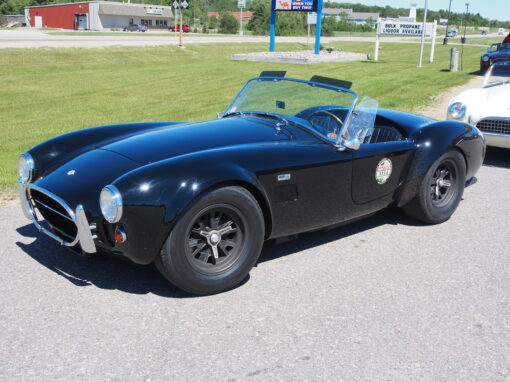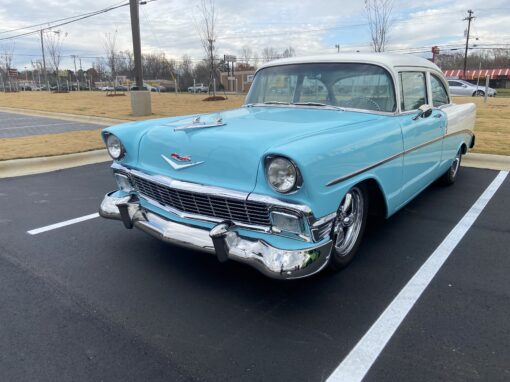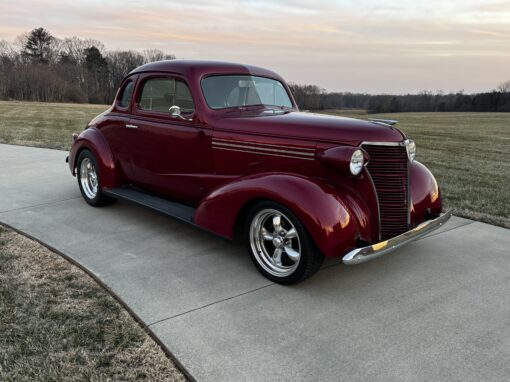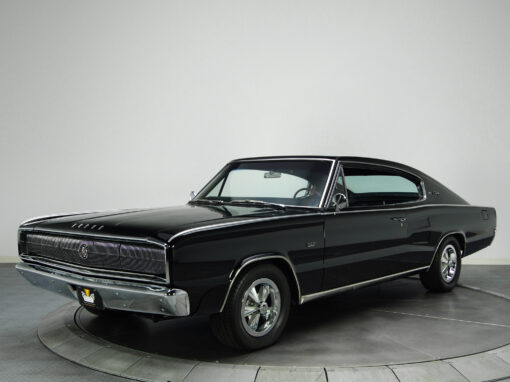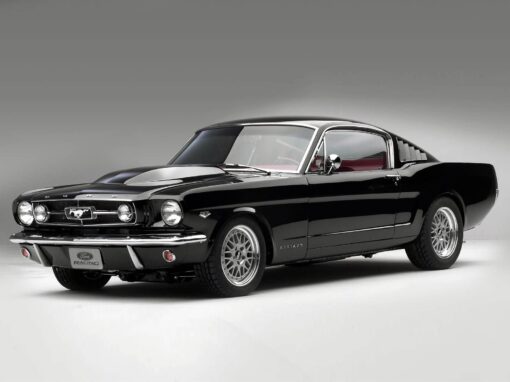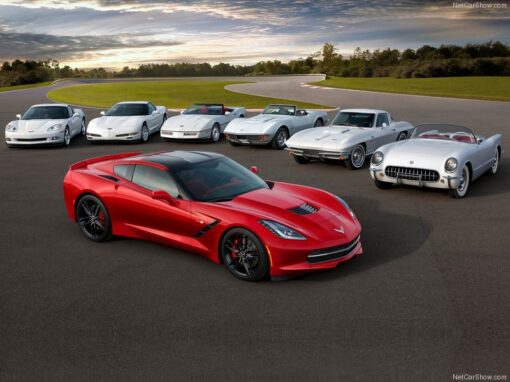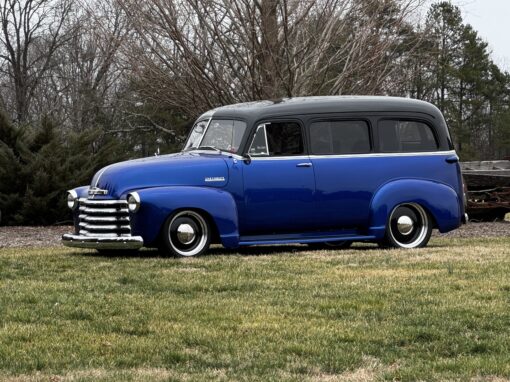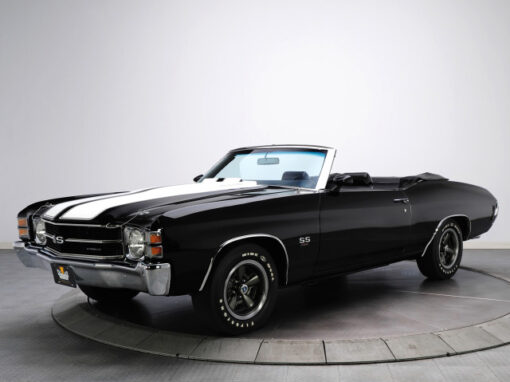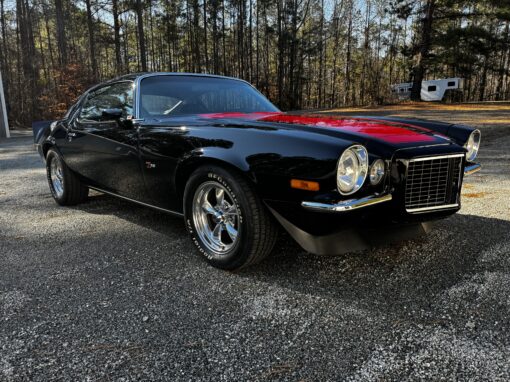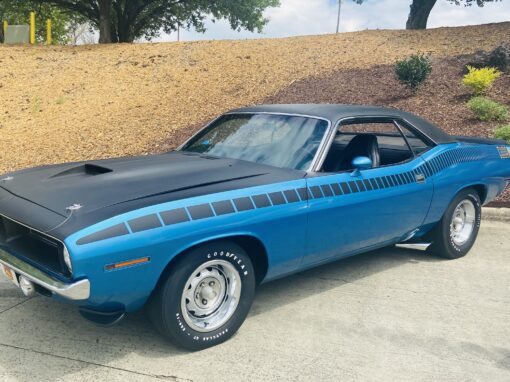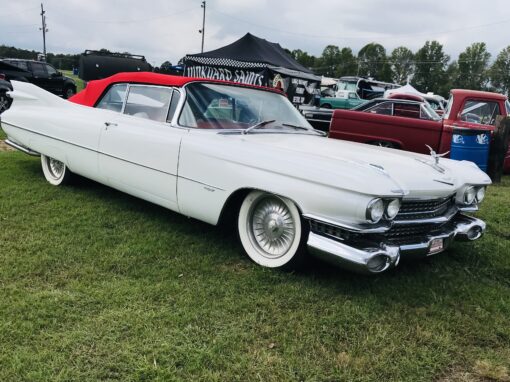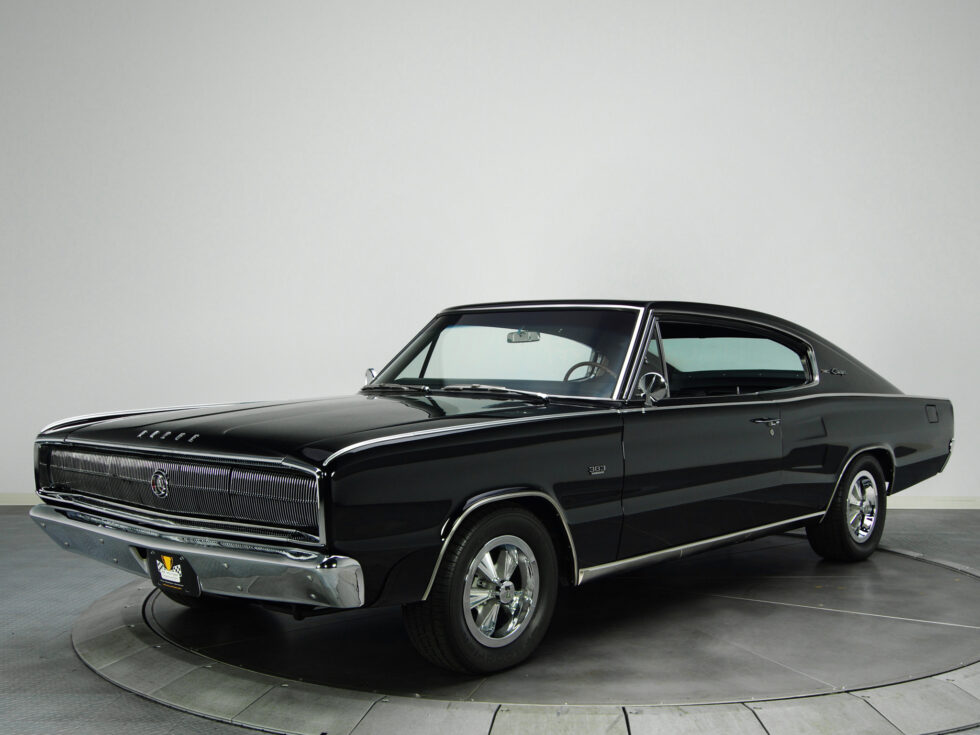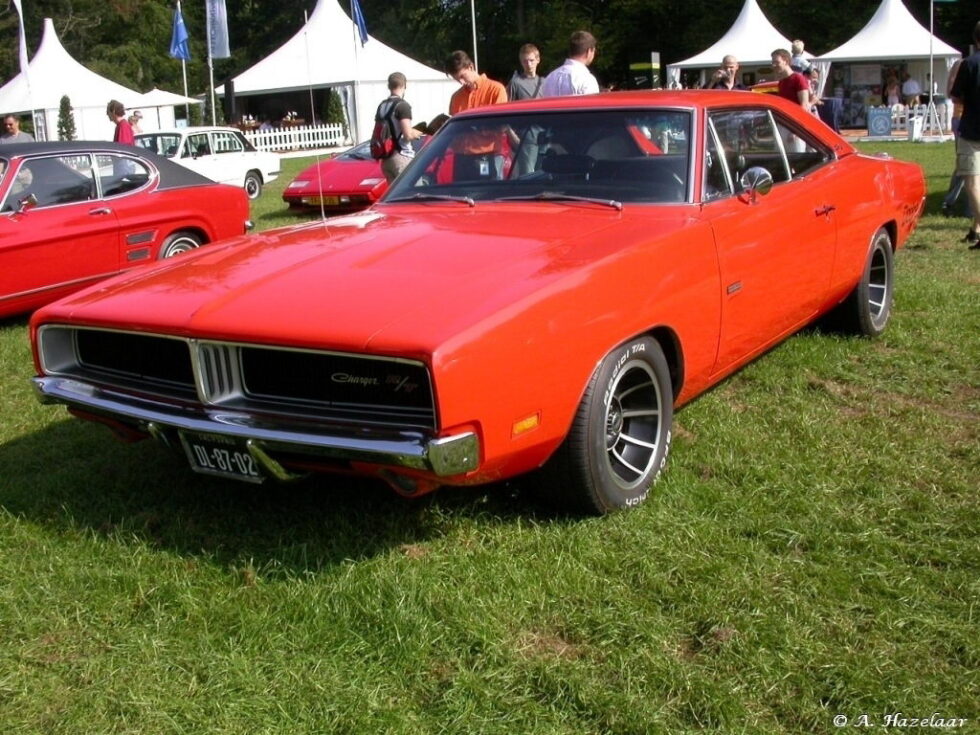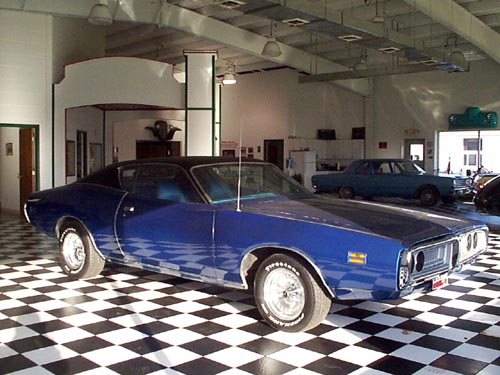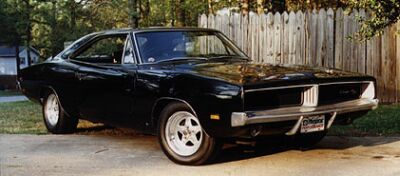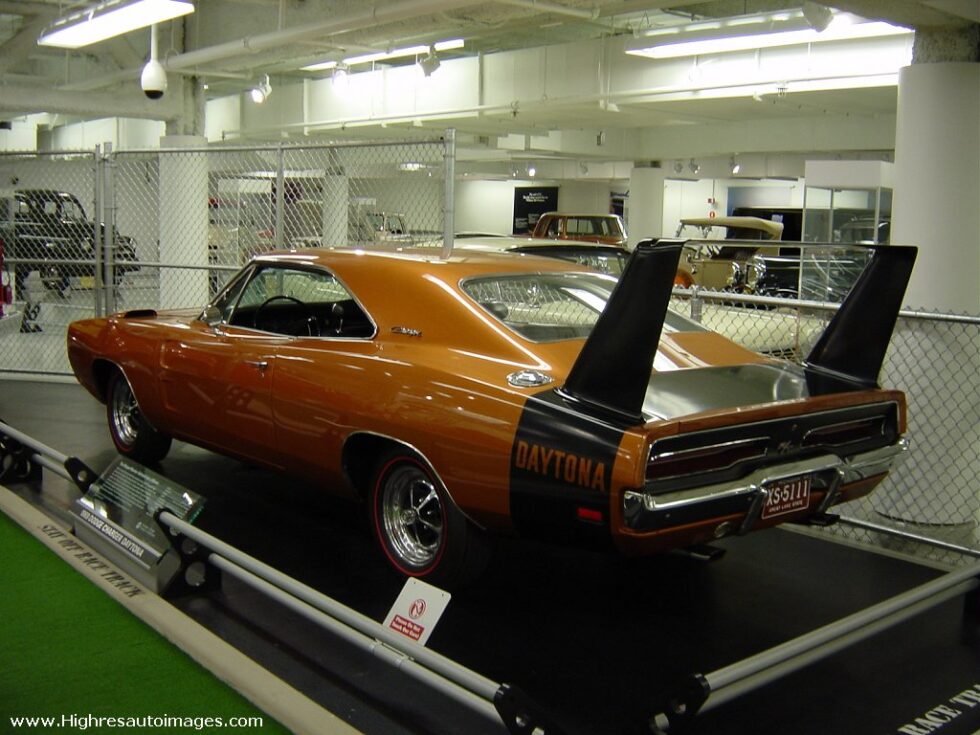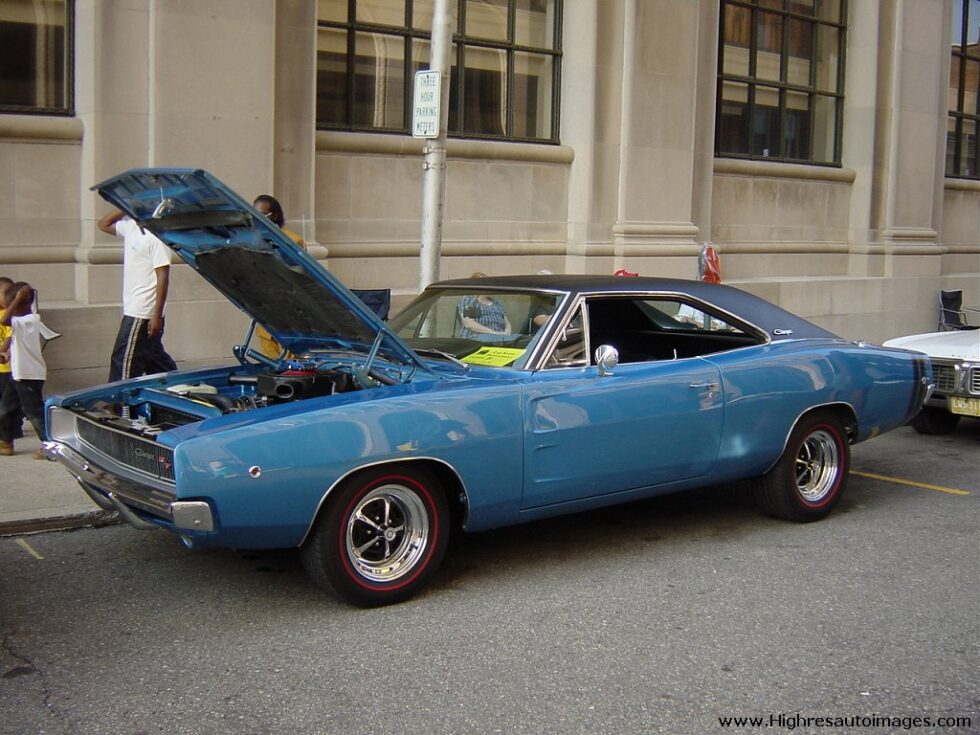The First Generation (1966–1967): The Fastback Begins
Introduced in 1966, the original Dodge Charger was Dodge’s answer to the Ford Mustang—but it was bigger, bolder, and more aggressive.
Based on the Coronet chassis, the first Charger featured:
A distinctive fastback roofline
Four bucket seats with a full-length console
Hidden headlights and full-width taillight panel
Standard engine: 318 V8, but options included the 426 Street HEMI—making it a serious performance threat.
Despite its style and power, sales were modest. Dodge needed to rethink.
The Golden Era (1968–1970): Muscle Car Royalty
In 1968, Dodge completely redesigned the Charger—and this is where legend status began.
The new body featured:
The famous “Coke bottle” shape
Flying buttress rear roof pillars
A clean, aggressive grille with hidden headlights
This generation introduced the world to the Charger R/T (Road/Track), with engines like:
440 Magnum
The legendary 426 HEMI
1969 Dodge Charger gained cultural immortality thanks to the TV show The Dukes of Hazzard, with the orange “General Lee.”
Aero Warrior: 1969 Charger Daytona
Dodge entered NASCAR with a vengeance, creating the 1969 Charger Daytona.
Built for aerodynamic advantage with a pointed nose cone and a giant rear wing.
Powered by either the 440 Magnum or 426 HEMI, it became a NASCAR legend.
The Daytona was the first car to break 200 mph in NASCAR.
Only around 500 were made, making it ultra-collectible today.
1970 brought slight styling updates, including a new grille and round taillights.
Generation Three (1971–1974): The Muscle Starts to Fade
A major redesign arrived in 1971, with a fuselage-style body, hidden headlights, and loop bumpers.
Dodge tried to maintain muscle car vibes with Charger R/Ts and Super Bees, but:
Insurance rates skyrocketed
Emissions rules tightened
Gas prices spiked
Performance began to dip as engines were detuned.
By 1974, the Charger had lost much of its muscle edge, even though it still looked fast.
Modern Muscle Reborn (2006–Present)
After decades away from the performance scene, the Charger returned in 2006—this time as a four-door muscle sedan.
Traditionalists were skeptical, but the modern Charger packed power:
Base V6s for daily driving
R/T trims with HEMI V8s
SRT versions with serious performance
2015–2023: The Charger Hellcat brought insane power—707 to 797 horsepower, making it one of the fastest sedans on the planet.
The Daytona and Scat Pack trims kept the legacy alive, blending retro vibes with modern tech.
Charger in Pop Culture
The Fast and the Furious: Dom Toretto’s black 1970 Charger is a muscle car icon.
Bullitt (1968): The villain’s black Charger takes on Steve McQueen’s Mustang in one of the greatest movie chases of all time.
The Dukes of Hazzard: “General Lee” 1969 Charger—bright orange, jumps everything.
Charger Legacy
The Charger’s legacy spans 60+ years, from NASCAR dominance to muscle car madness, to modern-day street domination. It has survived multiple reinventions—always returning to its core DNA: power, performance, and presence.
The History
